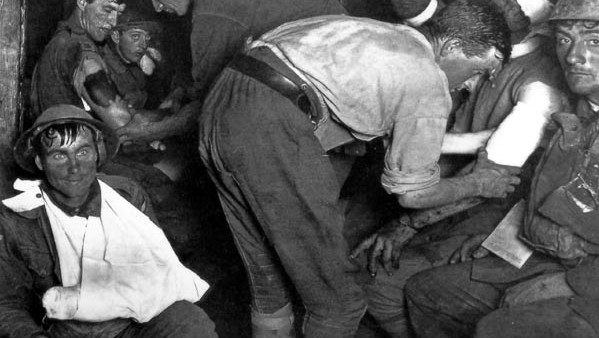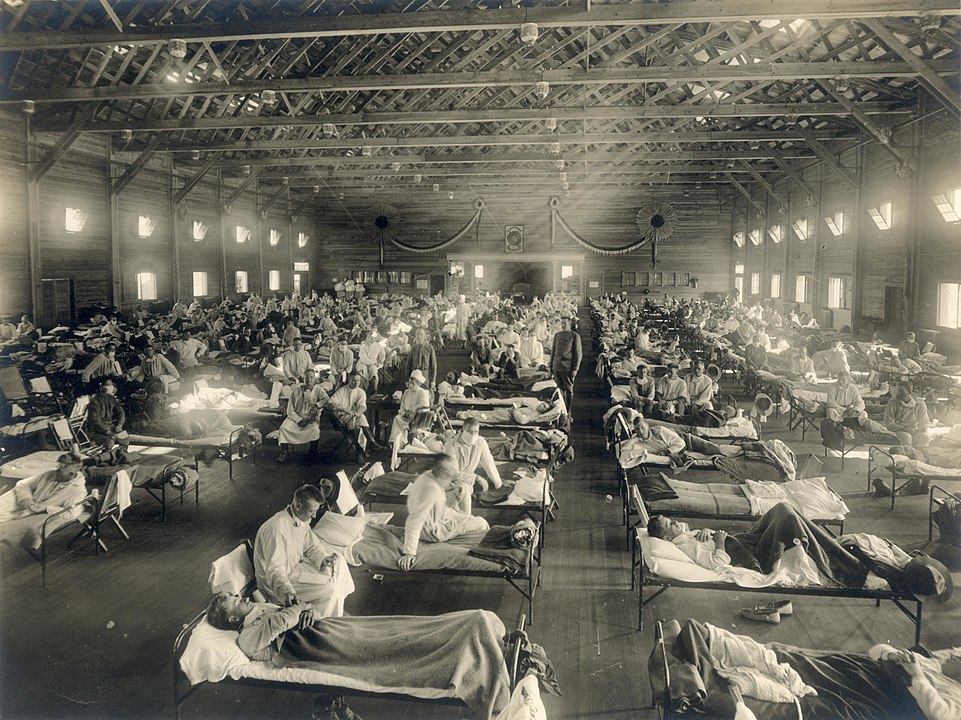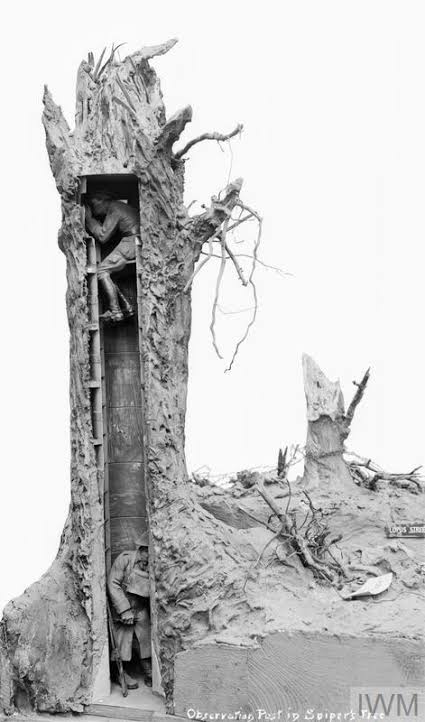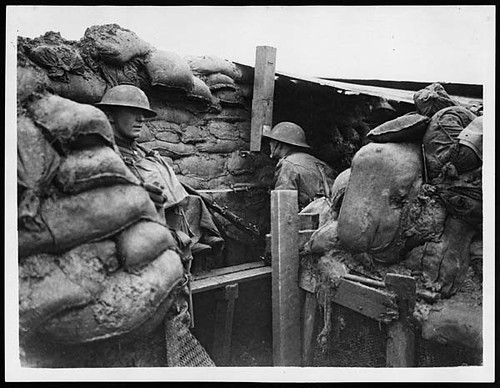WWI TRENCH LIFE: PART II
We left off in the last blog with the list of WWI trench life conditions that were tremendously adverse to the health of the soldiers living in them.
3. Body odor—Although it seems like a small bothersome evil compared to the other items on this list, imagine if you will: Soldiers in the front-line trench would not a shower for at least 12 days. Remember, they would live for 8 days in that trench, and then be moved back to the reserve trench for another 4 days. Also, they never took their clothes off, unless they were to look for lice living in their shirts, or seams/waistlines of their trousers. Also, they kept their boots on at all times in case of an attack. Generally, there was always a nasty odor living in these dark, wet, hot, cold Hellish trenches.

4. Trench Mouth—A rare and serious form of gingivitis (a gum disease), this term was invented during WWI as some men developed this terrible affliction. Due to poor dental hygiene, poor diet and the stress of trench life, many men suffered horribly.
5. Trench Foot—One of the worst possible reactions to standing in the wet trenches for long periods of time, especially with the cold, this affliction was so severe that there were periodic feet inspections. Extended exposure to wet conditions created poor circulation and nerve damage. This led to ulcers, gangrene and possible amputation of the toes or foot. It is estimated that 2,000 Americans and 75,000 British soldiers died from this atrocious condition.


6. Shell Shock—Originally thought of as a physical nervous condition brought on by being near
an exploding artillery shells and gunfire, it soon became known as a psychological problem from
experiencing time under fire in the trenches. Today what we would call it a “nervous breakdown,” and/or “post-traumatic stress syndrome.” The soldier would be overwhelmed with a feeling of helplessness, panic, confusion or become unable to reason, sleep, walk or talk. The British Army estimates that 80,000 soldiers were afflicted with shell shock during the war.
7. Living in Close Quarters: With so many men cramped into the tight confines of the trenches and dug-outs, it is easy to reason how diseases could spread so rapidly. The following are the main diseases that created massive problems for the armies of Europe:
A. Typhus fever
B. Venereal disease
C. Trench fever.
D. Typhoid
E. Malaria
F. Influenza, the flu. The most devastating influenza to infect the soldiers became known as the Spanish Flu. It began to appear in the World War I trenches in late 1917 with the new troops arriving. It ran rampant till 1919, becoming a pandemic, and killing at least 50 million people world-wide, and maybe as many as 100 million. What was so unusual was the fact that ages 20-40 were the most prone to succumbing to this type of flu. Usually the flu affects and kills young babies and the elderly, but this stain wiped-out the young and healthy.


8. Periscopes and Snipers: One of the greatest dangers WWI trench life was living in a trench with the possibility of being shot by an enemy sniper. Both sides employed these accurate marksmen with deadly results. Many snipers did not shoot from their trench: Wearing camouflage, they would crawl out into No Man’s Land and wait for a chance to pick off the enemy. As a result, no man was to stick his head above the parapet, as these snipers– equipped with scopes– could hit a body from 400 yards, or a soldier’s head from 200 yards. Also, many snipers operated out of fake trees (See photo on left).


Therefore, both sides of the conflict began using periscopes to watch over No Man’s Land. From large periscopes, to hand-held ones, these devices saved countless deaths on the Western Front.

